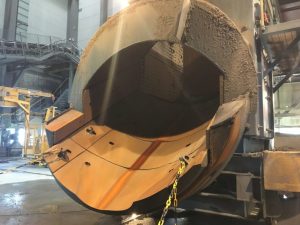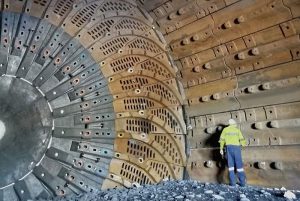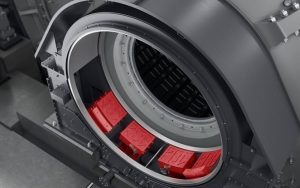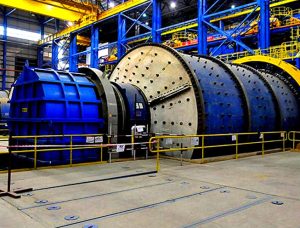Rubber Bumpers
Rubber bumpers have different applications and are used in many equipment. These rubber bumpers are actually a factor that is placed between two objects to absorb all sorts of disturbances. The automotive industry has the most use of rubber bumpers for making vehicles.
These rubber bumpers are manufactured using a variety of materials and accessories, which makes it easy to move them. At the time of impact or hit, these impactors can easily move and react with pneumatic or hydraulic cylinders, and the impact level minimized by using this reaction.
Some of the materials used to make rubber bumpers include heavy steel, plastic, painted light metal and, of course, rubber.
The excessive use of these bumpers is due to the fact that quiet blows and small contacts cannot damage the intended purpose. Impactors are an elastomeric hardware device that is used to protect the edges, flexibly, cushioning and prevent blows.
Which types of rubbers are used to make rubber bumpers?
The rubbers used to make rubber bumpers include:
- Natural Rubber
- Various types of synthetic rubbers such as Silicone, Polysulfide, urethane, polyurethane, and Butyl
Different types of bumpers
Recess bumpers
These types of bumpers are used because of the non-skid surface of the product and also because of their cushioning effect. These bumpers usually have rubber feet that are mechanically bonded to the product body using rivets or screws.
Stem bumpers
This type of bumpers is in a pre-fitted hole. These bumpers are usually used in the manufacture of cabinets and small boxes and the like to prevent the formation of lines, scratches or slipping.
Plug Bumpers
These type of bumpers have a nipple tip, which is sometimes used as a hole plug.
Screw and Tack bumpers
The screw bumpers are used to connect the bumpers to the surface. Tack bumpers are used to protect every level of damage and also have the ability to remove sound.
Grommet Bumper
This type of bumpers can also be used as a rubber base. They are easily placed in a pre-made hole.
The Benefits of Rubber Bumpers
- These bumpers not only allow spacing and ventilation, but also protect the surfaces well.
- With this type of bumpers, the vibration between equipment is controlled well.
- The sliding resistance of the rubber bumpers is within acceptable limits
- The effect of the collision on the equipment has been significantly reduced due to the
absorption and stimulation of the rubber bumper - Rubber bumpers do their job of protecting scratches and skidding in a variety of levels.
- they can be made in different and desired colors that It can be thought of as the main advantages of rubber and plastic bumpers.
Types of Applications of Rubber Bumpers
- Rubber bumpers are used in the cooling system of many vehicles
- The rubber bumpers are used in automotive safety equipment such as taillights, headlamps and parking lights in order to protect them, especially in the face of low speed collisions.
- These bumpers are used as reduced sound qualities for cabinets and any kind of vanity doors.
- In printed circuit boards, rubber bumpers are used as additional and supporting items
- Both the vehicle and the loading dock applications are used of heavy duty rubber dock bumpers.
Tips for choosing and buying bumpers
Depending on the type of use and location used when buying bumpers, you should note certain specifications that include:
- Form: Rubber bumpers are produced in a variety of shapes, some of which are cylindrical, hemispherical, hexagonal, oval, rectangular, square and stock roll.
- Dimensions: Due to the application of the dimensions of the bumper, it must be determined and purchased. Keep in mind that the bumpers have different dimensions in head height, head diameter, stem length, stem width, overall thickness, and some other features of the impactor should be considered.
- Construction materials: Keep in mind the required hardness and elastic of the bumper when considering the application of the item.
- Hardness: The most important characteristics of the bumpers are the hardness that makes the bumper to be rigid and resistant to pressure.
- Compatibility chart: Do not forget that the rubber material used in the bumpers is important because these bumpers must be compatible with the chemicals they are in contact with. In this regard, there is always a rubber industrial manufacturer or a rubber impactor that has a compatibility table with the product.
چقدر این پست مفید بود؟
روی یک ستاره کلیک کنید تا به آن امتیاز دهید!
میانگین امتیاز 0 / 5. شمارش آرا: 0
No votes so far! Be the first to rate this post.




